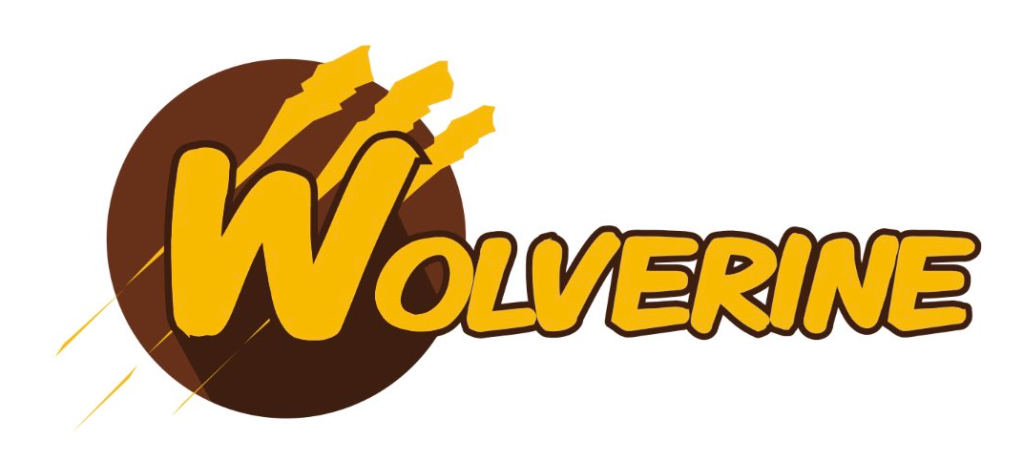
For easier unit testing, it’s often valuable to separate responsibilities of “deciding” what to do from the actual “doing.” The side effect facility in Wolverine is an example of this strategy. You will need Wolverine 0.9.17 that just dropped for this feature.
At times, you may with to make Wolverine message handlers (or HTTP endpoints) be pure functions as a way of making the handler code itself easier to test or even just to understand. All the same, your application will almost certainly be interacting with the outside world of databases, file systems, and external infrastructure of all types. Not to worry though, Wolverine has some facility to allow you to declare the side effects as return values from your handler.
To make this concrete, let’s say that we’re building a message handler that will take in some textual content and an id, and then try to write that text to a file at a certain path. In our case, we want to be able to easily unit test the logic that “decides” what content and what file path a message should be written to without ever having any usage of the actual file system (which is notoriously irritating to use in tests).
First off, I’m going to create a new “side effect” type for writing a file like this:
// ISideEffect is a Wolverine marker interface
public class WriteFile : ISideEffect
{
public string Path { get; }
public string Contents { get; }
public WriteFile(string path, string contents)
{
Path = path;
Contents = contents;
}
// Wolverine will call this method.
public Task ExecuteAsync(PathSettings settings)
{
if (!Directory.Exists(settings.Directory))
{
Directory.CreateDirectory(settings.Directory);
}
return File.WriteAllTextAsync(Path, Contents);
}
}
And the matching message type, message handler, and a settings class for configuration:
// An options class
public class PathSettings
{
public string Directory { get; set; }
= Environment.CurrentDirectory.AppendPath("files");
}
public record RecordText(Guid Id, string Text);
public class RecordTextHandler
{
public WriteFile Handle(RecordText command)
{
return new WriteFile(command.Id + ".txt", command.Text);
}
}
At runtime, Wolverine is generating this code to handle the RecordText message:
public class RecordTextHandler597515455 : Wolverine.Runtime.Handlers.MessageHandler
{
public override System.Threading.Tasks.Task HandleAsync(Wolverine.Runtime.MessageContext context, System.Threading.CancellationToken cancellation)
{
var recordTextHandler = new CoreTests.Acceptance.RecordTextHandler();
var recordText = (CoreTests.Acceptance.RecordText)context.Envelope.Message;
var pathSettings = new CoreTests.Acceptance.PathSettings();
var outgoing1 = recordTextHandler.Handle(recordText);
// Placed by Wolverine's ISideEffect policy
return outgoing1.ExecuteAsync(pathSettings);
}
}
To explain what is happening up above, when Wolverine sees that any return value from a message handler implements the Wolverine.ISideEffect interface, Wolverine knows that that value should have a method named either Execute or ExecuteAsync() that should be executed instead of treating the return value as a cascaded message. The method discovery is completely by method name, and it’s perfectly legal to use arguments for any of the same types available to the actual message handler like:
- Service dependencies from the application’s IoC container
- The actual message
- Any objects created by middleware
CancellationToken- Message metadata from
Envelope
Taking this functionality farther, here’s a new example from the WolverineFx.Marten library that exploits this new side effect model to allow you to start event streams or store/insert/update documents from a side effect return value without having to directly touch Marten‘s IDocumentSession:
public static class StartStreamMessageHandler
{
// This message handler is creating a brand new Marten event stream
// of aggregate type NamedDocument. No services, no async junk,
// pure function mechanics. You could unit test the method by doing
// state based assertions on the StartStream object coming back out
public static StartStream Handle(StartStreamMessage message)
{
return MartenOps.StartStream<NamedDocument>(message.Id, new AEvent(), new BEvent());
}
public static StartStream Handle(StartStreamMessage2 message)
{
return MartenOps.StartStream<NamedDocument>(message.Id, new CEvent(), new BEvent());
}
}
As I get a little more time and maybe ambition, I want to start blogging more about how Wolverine is quite different from the “IHandler of T” model tools like MediatR, MassTransit, or NServiceBus. The “pure function” usage above potentially makes for a big benefit in terms of testability and longer term maintainability.